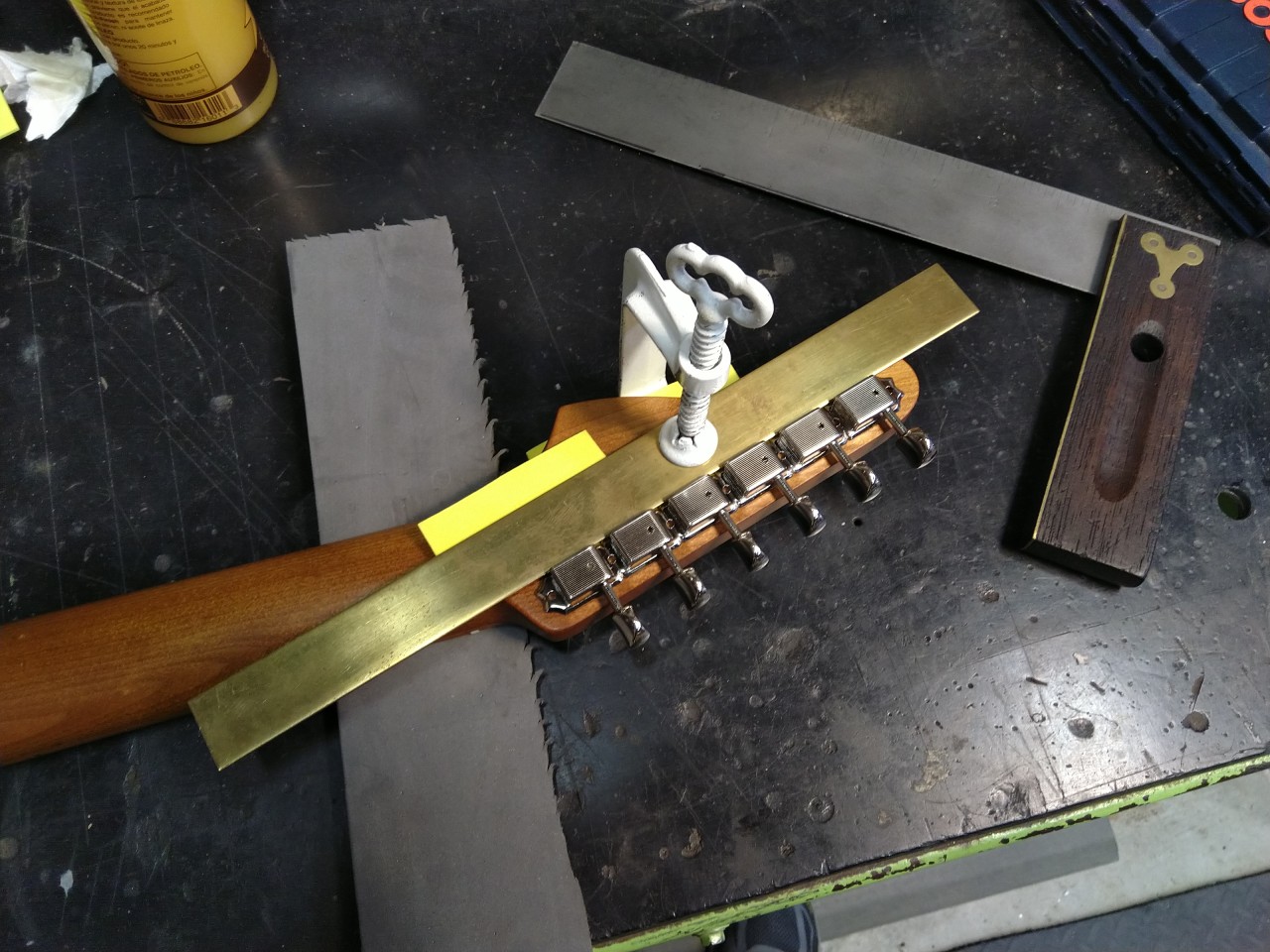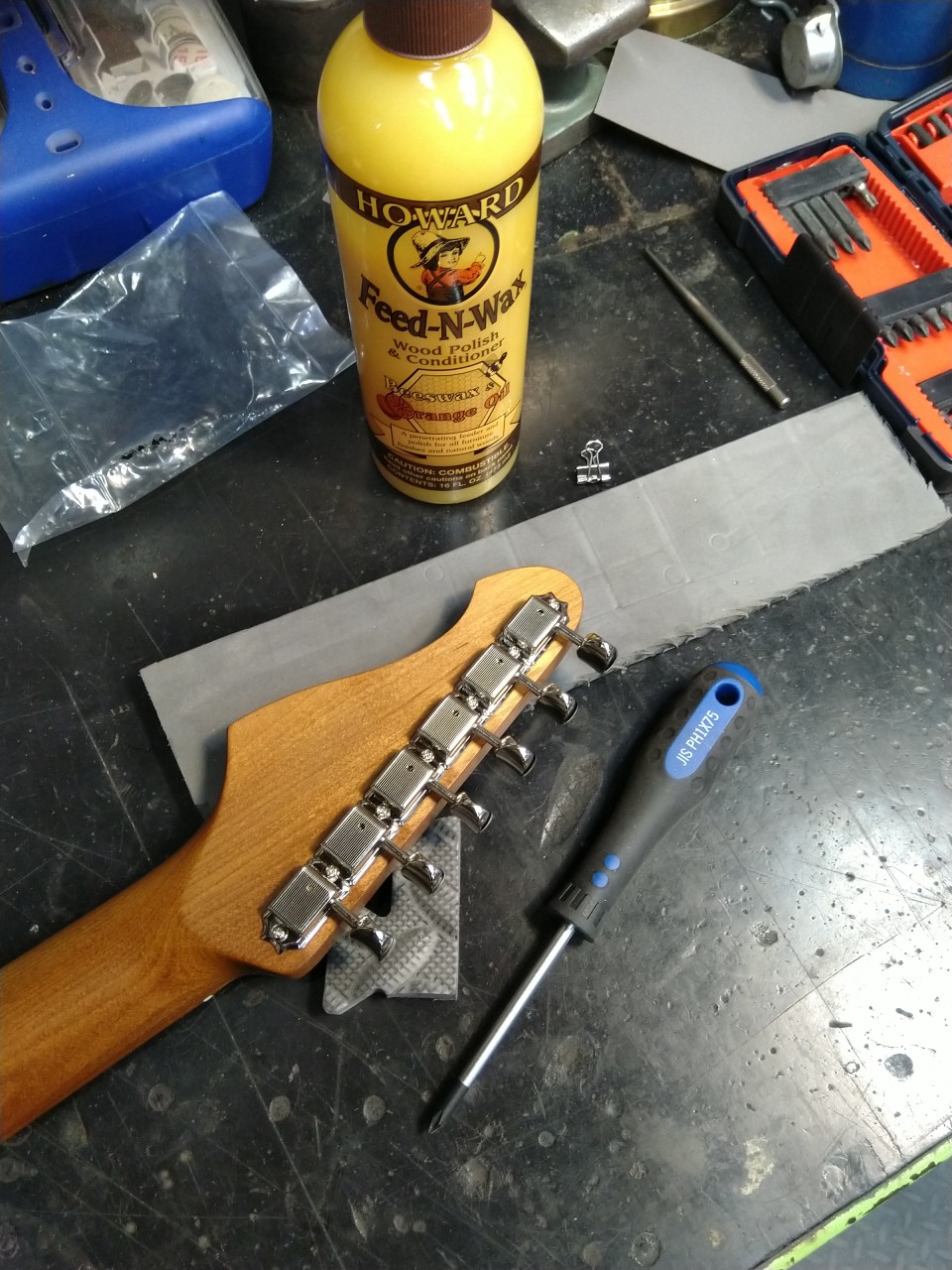daizee
Junior Member
- Messages
- 29
I'm excitedly expecting my first Warmoth neck this week. It will be roasted maple.
I picked roasted maple for stability and low-finish requirements. However, I DO want to seal it up at least somewhat against moisture/liquids. Presumably I could use a basic furniture wax at a minimum. Are there things I should do or avoid? I have BLO, Tru-oil, Classic Wax, etc.
Would prefer to avoid spray finishes.
Would prefer to avoid a long drawn-out Tru-oil process (want to do satin anyway)
Will BLO soak in too much and change it dimensionally?
Thanks for any advice you can offer!
I picked roasted maple for stability and low-finish requirements. However, I DO want to seal it up at least somewhat against moisture/liquids. Presumably I could use a basic furniture wax at a minimum. Are there things I should do or avoid? I have BLO, Tru-oil, Classic Wax, etc.
Would prefer to avoid spray finishes.
Would prefer to avoid a long drawn-out Tru-oil process (want to do satin anyway)
Will BLO soak in too much and change it dimensionally?
Thanks for any advice you can offer!



